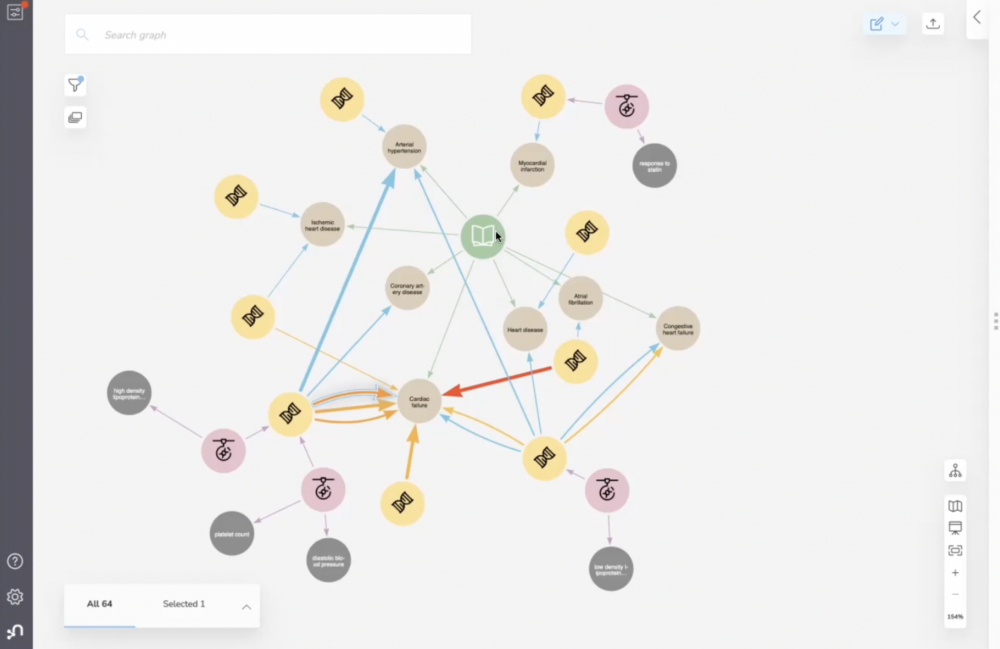
[Adobe Stock]
In the hunt for the next obesity blockbuster, both Lilly and Novo Nordisk are turning to Fauna Bio’s expertise in extreme mammal genomics. Among Fauna Bio’s focus areas is the 13-lined ground squirrel, an example of the company’s emphasis on “extreme mammals.” The squirrels are known for their remarkable metabolic transformations during hibernation that make them a promising model for obesity research.
Could this ground squirrel point to new pathways in obesity treatment research?
During the squirrels’ torpor phase, in which a hibernator remains at low body temperature, the animals demonstrate impressive metabolic flexibility. The squirrels shift from carbohydrate to fat-based metabolism, suppressing energy-intensive mitochondrial processes across tissues, and developing tissue resistance to insulin to spare blood glucose. Prior studies of the squirrels have quantified this impressive metabolic flexibility. One 2019 paper found that in the period of early arousal from torpor, these squirrels experience an approximately 400-fold increase in metabolic rate. Another study from the same year found that the squirrels’ metabolic rate is reduced to just 1–9% of normal levels during the torpor phase, while their heart rate declines dramatically to just a few beats per minute as the body temperature dips to near freezing.
In uncovering the secrets of such extreme mammals, Fauna Bio’s AI platform, Convergence, plays a key role. Using that system, Fauna Bio can efficiently analyze complex omics data, spanning genomics, proteomics, and transcriptomics, from such animals. Convergence uses a graph neural network (GNN) to help analyze unique physiological patterns and potential drug targets that could be relevant for human obesity treatments.
The squirrels’ metabolic flexibility could thus shed light on humans losing significant amounts of weight who are prone to regaining it. The approach is resonating with some industry analysts. Truist analysts, for instance, noted in a briefing note that, “In particular, we are intrigued by Fauna Bio’s efforts to look for novel targets that control metabolism.” Lead analyst Dr. Joon Lee added that he expects the potential to “shift human metabolism from ingested food to excess stored fat would lead to a dramatic shift toward catabolism,” he said. “13-lined ground squirrels are not unique in their ability to hibernate (many other species like bears do, too), but given several species of squirrels do not hibernate, screening of a target may be simpler.” The squirrels’ small size could also support “reasonable” timelines and costs for studies.
Fauna Bio’s graph neural network looks to animals to identify human drug targets
Fauna Bio’s Convergence AI platform draws from genomic data across 452 mammal species, including 65 hibernators, to identify novel drug targets for human diseases. Using the GNN, the platform processes data in graph structures, making it suited for analyzing complex biological data and interactions between elements, such as genes and proteins. The platform uses custom graph neural network algorithms to prioritize the most promising human drug targets based on cross-species analyses.

Centaur is a knowledge graph with a Neo4j database backend built to explore datasets and accelerate Fauna Bio’s scientific discovery pipeline.
In 2023, Fauna Bio also introduced Centaur, a knowledge graph that enables researchers to explore complex gene-phenotype relationships through advanced visualization and data integration. The software platform can rapidly assess the company’s proprietary gene targets, connecting extreme traits in diverse species to known human disease pathways.
Other animals have offered drug discovery insights

Co-Founders Katie Grabek (CSO), Ashley Zehnder (CEO), and Linda Goodman (CTO) at Fauna Bio’s research facility in Emeryville, California.
Several pivotal discoveries for human health trace back to animal studies. “How did we figure out that genes cause cancers? It wasn’t by studying human cancer; it was by studying the Rous Sarcoma Virus and how that virus picked up bird genes and then turned them on in other individuals,” said Fauna Bio CEO Ashley Zehnder on the Harry Glorikian Show podcast last year. Zehnder has a background in veterinary medicine and a Ph.D. in cancer biology.
While animals are routinely used in preclinical drug testing, the use of natural animal models for drug discovery remains a “new field,” Zehnder said in the podcast. She points to examples such as the development of drugs for narcolepsy inspired by dog genetics, studies on muscle disorders in certain species of cattle with genetic disorders with muscular hypertrophy (increased volume of skeletal muscle), and the discovery of exenatide, a drug derived from Gila monster venom. The data needed to look to animal models as a source of innovation for drug discovery weren’t available until “fairly recently,” Zehnder said. “But we know the strategy works by what’s been done on things like PCSK9 inhibitors in humans,” she said. The discovery of PCSK9 inhibitors, promising cholesterol-lowering drugs, drew from early studies of genetically modified mice. The notion of using comparative genomics and functional studies across diverse animal species represents “a very similar approach to that,” Zehnder concluded. “It’s just expanding that scope of discovery.”
Filed Under: Biologics, Data science, Genomics/Proteomics, Metabolic disease/endicrinology



